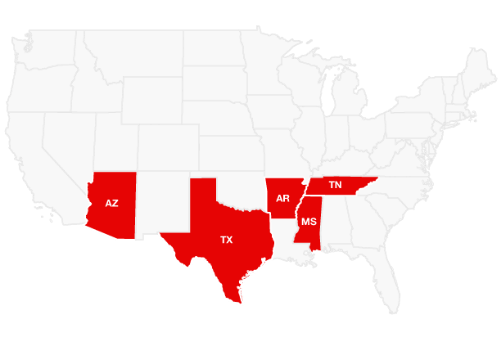FREQUENTLY ASKED QUESTIONS
Temp-to-Hire Facts
There’s a relatively new hiring technique to find and hire candidates that’s growing in popularity. Some large companies have gotten away from direct hiring workers. They are using temp-to-hire.
Temp-to-Hire Avoids Liabilities
Companies are beginning to realize that with direct hires come liabilities. These include payroll and admin costs, health and dental care costs, and other benefit liabilities like vacations and jury duty. The companies must also cover Worker’s Comp insurance, return-to-work programs plus federal and state taxes. Temp-to-perm positions avoid these liabilities by transferring the liabilities to the Agency that employees the candidates.
The duration a host company utilizes for temp-to-perm positions can vary. The time can be anywhere from 30-150 days. Most companies choose 90, but some outsource to an agency so the agency can handle all of the host company’s payroll and HR issues.
The Upside of Temp-to-Hire
Besides allowing the host company to avoid liabilities, there are some definite positives. Temp-to-hire allows candidates to basically audition for the position and it gives the host company something like an extended probationary period to observe the candidate.
Some worry that the candidates are hurt financially in this arrangement. However, the candidate makes the same whether they are a direct hire or in a temp-to-perm position. The Agency makes nothing from the candidate. If the host company hires a candidate at $20/hour, the employee gets $20/hour minus the same taxes and deductions that host company would deduct.
The host company would pay the $20/hour plus a markup. The markup covers the employer side of FUI, SUI, and Workers Comp Insurance.
Pros
- The Host Company gets to see how a candidate functions BEFORE they actually hire the candidate.
- The time for temp-to-hire is like an audition or try-out period.
- During temp-to-hire the host company pays no benefits. Depending on what the host company provides for benefits, this equates to anything from 33%-43% over the wage.
- Since the Agency is paying the labor costs, the Agency covers FUI, SUI, and Workers Comp costs.
- The Agency must provide general safety training.
- HR issues are handled by the Agency.
- Payroll and its issues are handled by the Agency. This includes things like garnishments, bad debt, and child support.
- If the host company finds that the candidate is not working out, the host company just tells the Agency that the candidate’s services are no longer required.
- The time for temp-to-hire can vary. You want the candidate long enough that they settle in so you can see their habits.
- If there is a possibility of a job at the end, then candidates are motivated to work hard and impress you.
Cons
- It’s non-traditional. The old way is hire and forget.
- The candidates are not really employees of the host company. They work for the Agency. But if the candidate is not working out or don’t fit in with your team, you just make a phone call and the employee is never heard of again.
- For the candidate, they don’t get benefits until they start working for the host company.
Payment Questions
Time Period Questions
HR Questions
Agency Benefit Questions
Second, temp-to-hire eliminates the negatives. The host company eliminates many of the payroll and HR issues that most companies would have to deal with if they had a full-time employee. Because the Agency covers the labor costs, the host company should not have to pay Worker’s Comp costs, the cost of benefits, nor the federal and state taxes.







